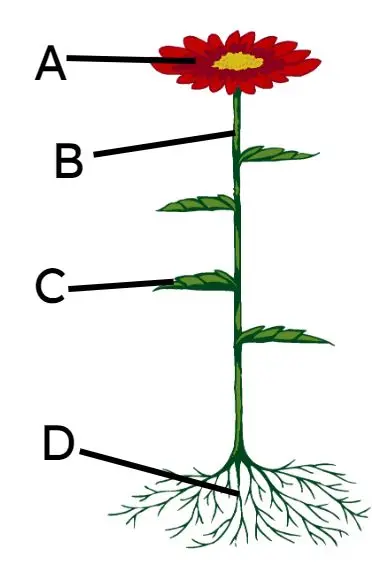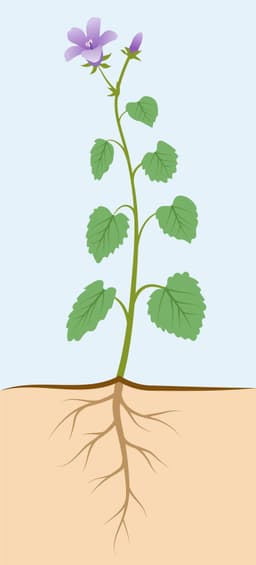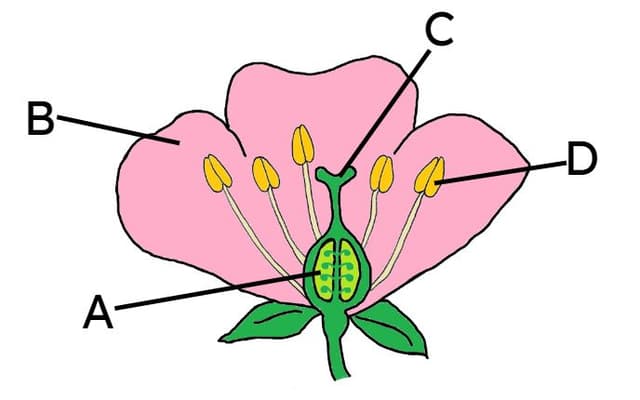Seed formation and seed dispersal
I can explain how seeds are formed and dispersed.
Seed formation and seed dispersal
I can explain how seeds are formed and dispersed.
These resources will be removed by end of Summer Term 2025.
Switch to our new teaching resources now - designed by teachers and leading subject experts, and tested in classrooms.
These resources were created for remote use during the pandemic and are not designed for classroom teaching.
Lesson details
Key learning points
- Fertilisation occurs when pollen reaches the ovary of a flower.
- A seed is formed once a plant has been fertilised.
- Seed dispersal allows plants to spread out and avoid competing with one another for the same resources.
- Seeds can be scattered by wind, water, animals or explosion. This is called seed dispersal.
Keywords
Pollination - Pollination is when pollen from an anther is transferred to the stigma of a flower.
Ovary - Seeds are formed inside the ovary of a flower.
Fertilisation - Fertilisation happens when pollen from an anther reaches the ovary in a flower.
Seed formation - Seed formation happens inside flowers after a plant has been fertilised.
Seed dispersal - Seed dispersal is the way seeds are spread out from their parent plant.
Common misconception
Pupils may confuse pollen and seeds or think that pollen that is dispersed by the wind can grow into a new plant if it lands on soil.
Explain that pollen is different from seeds as pollen cannot grow into a new plant. It plays a part in fertilisation, which leads to seed formation, but is not a seed and cannot turn into seeds.
To help you plan your year 3 science lesson on: Seed formation and seed dispersal, download all teaching resources for free and adapt to suit your pupils' needs...
To help you plan your year 3 science lesson on: Seed formation and seed dispersal, download all teaching resources for free and adapt to suit your pupils' needs.
The starter quiz will activate and check your pupils' prior knowledge, with versions available both with and without answers in PDF format.
We use learning cycles to break down learning into key concepts or ideas linked to the learning outcome. Each learning cycle features explanations with checks for understanding and practice tasks with feedback. All of this is found in our slide decks, ready for you to download and edit. The practice tasks are also available as printable worksheets and some lessons have additional materials with extra material you might need for teaching the lesson.
The assessment exit quiz will test your pupils' understanding of the key learning points.
Our video is a tool for planning, showing how other teachers might teach the lesson, offering helpful tips, modelled explanations and inspiration for your own delivery in the classroom. Plus, you can set it as homework or revision for pupils and keep their learning on track by sharing an online pupil version of this lesson.
Explore more key stage 2 science lessons from the What plants do and what they need unit, dive into the full secondary science curriculum, or learn more about lesson planning.

Equipment
coloured counters
Content guidance
- Exploration of objects
Supervision
Adult supervision recommended
Licence
Starter quiz
6 Questions



ovary
petal
stigma
anther

Exit quiz
6 Questions




